Ustroń
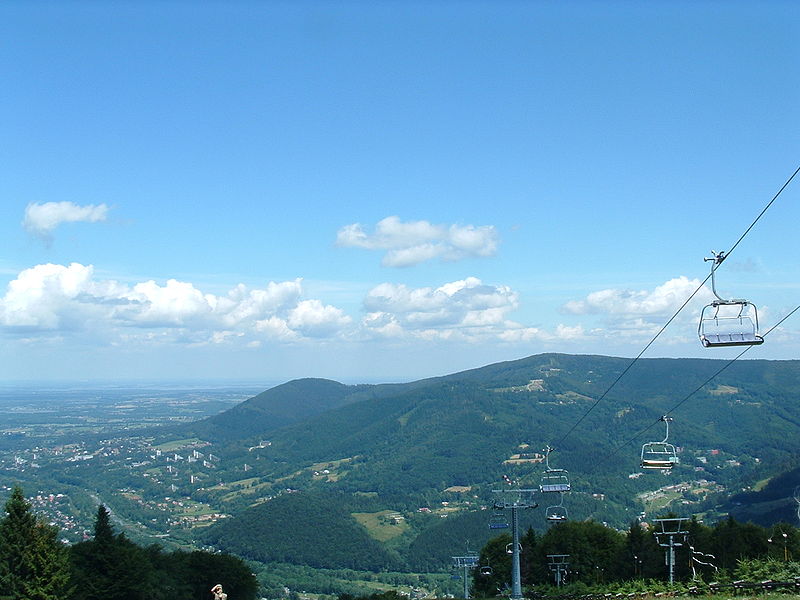
View of Ustroń from Mount Czantoria. Photo by: Krzysztof Kozłowski, Czantoria-Wyciag, CC BY-SA 3.0
Distance
Population
15.500 (2004)
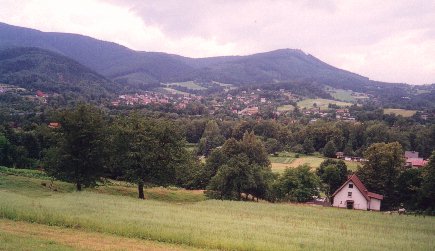
Location and history
Ustroń is located on the northwest edge of the Beskid Śląski mountain range, in a valley formed by the river Wisła’s upper race and the tributary Jaszowiec. The city is located at the foot of the mountains Czantoria Wielka (995 meters above sea level) and Równica (884 meters above sea level). The hillsides are wooded.
Many houses, both year-round and summer cottages, are located outside the city center, in the side valleys and on the hillsides; This applies to buildings such as: Dobka, Gaje, Jelenica, Lipowiec, Polana, Zawodzie, Jaszowiec.
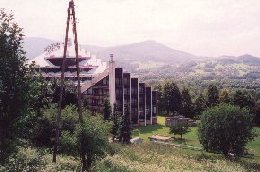
The first written information about Ustroń dates from 1305. However, the town's rights were not obtained until late in 1957. However, this industry had to be abandoned in the late 1800s, with no more ore to be found. From 1802 in Ustroń began to use slag baths, where even hot slag from the furnace was thrown into cold water; workers with rheumatic disorders felt relief by bathing in water heated with slag. It was the owner of Ustroń, Prince Albrecht, who, after some research into the subject, built (in 1802) a house with bathrooms next to a large oven. After that, Ustroń began to be known as a health resort.
There are springs with healing water as well as salt springs. In Ustroń, first and foremost, diseases of the movement organs and rheumatic disorders are treated.
After World War II, the development of Ustroń as a health resort and holiday town was accelerated, not least because of the short distance to the large industrial area, the Katowice area. There were numerous sanatoriums, holiday homes, etc.
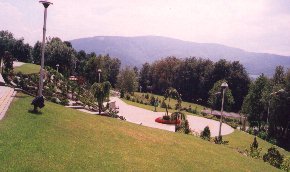
The city's beautiful location near several hillsides, the well-marked hiking and biking trails and many sports facilities provide excellent opportunities for climbing, skiing, mountain biking, fishing, swimming and other winter and summer activities. More extreme sports such as hang gliding can also be cultivated.
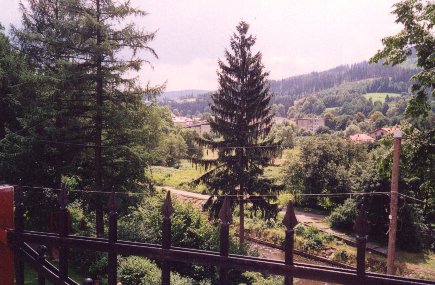
Tourist attractions
Saint Anna Church (Catholic Church) of 1769 is the only wooden church in the city. It is a beam structure with the chancel facing west; the roof is covered with thatch. It should also be noted that the interior of the church and especially the late Baroque altar from the end of the 18th century. The pulpit in rococo style dates from the second half of the 18th century.
Saint Clement's Church (Catholic Church) in the city center is built in 1787. The church is built of field stones and bricks with no special stylistic features. It should be noted that the late Baroque altar from the end of the 18th century. with figures of saints Peter and Paul as well as the Baroque-classicist pulpit from the mid-19th century. In front of the church's facade are two stone figures depicting Saint Joseph with the child and Saint John Nepomuk.
The evangelical church dedicated to the Apostle Jacob the Elder is the largest sacred building in the city, erected in 1835. The tower is added in 1856-57. The building, erected by fieldstones and bricks, has no distinct stylistic features. as well as cups, tinkander, etc. that are over 200 years old.
In the immediate vicinity of the church, in a northeastern direction, it is seen old vicarage , which is from the transition between the 18th and 19th century. It is a two-story building, walled by fieldstones and bricks. The roof is a so-called Polish, broken roof. In the house library there are many rare books; the most valuable is probably an edition of the Bible, published in 1692 in Nuremberg.
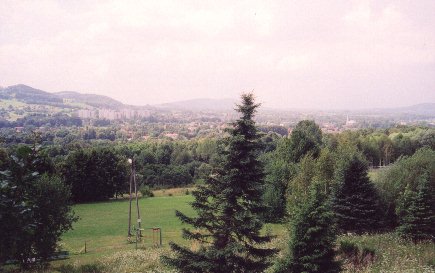
Stara Zagroda – Ethnographic Museum . In the city center, on the north side of the square are some wooden buildings, which from 1982 owned by Bronisław Palarczyk. In 1998 a private ethnographic museum under the name Stara Zagroda (The Old Farm) was opened here. The residential building is a beamed structure from 1768. The roof has two sides and is covered with thatched roofs. To the west of the residential building is a wooden building. Indoor as well as in the courtyard are rich ethnographic collections.
Protected plant facilities . In Ustroń several buildings are preserved, dating from the long-standing mining of ore on the site. In 1986 a Smelting Works Museum was opened and in 1997 – in an area next to the museum – an open-air museum with industrial buildings.
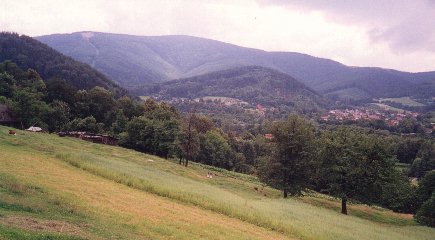
Accommodation
Booking.com
Ustroń – with practical information for tourists
Eating Out:
Ustroń – with practical information for tourists
Other Internet sites and sources
Ustroń (City official page)
Translated into English by Google Translate. Spangshus.dk accept no liability for any errors or omissions in translation.
Map

Rating
Search
Most used tags
churches (205) Castles (86) Monasteries (79) Town walls (74) Lakes (71) Town halls (67) Rivers (65) Castles1 (62) Mansions (55) Museums (51) Regional museums (38) Town gates (36) Abbey churches (35) Castle ruins (30) Cathedrals (26) Forests (25) Health resorts (24) Water sports (23) Mounds (23) National parks (22)Click for all tags
Denne side er også tilgængelig på dansk. This page and contents is (c) Copyright 2018- www.spangshus.dk. Based on Inviator software by ISCA Software